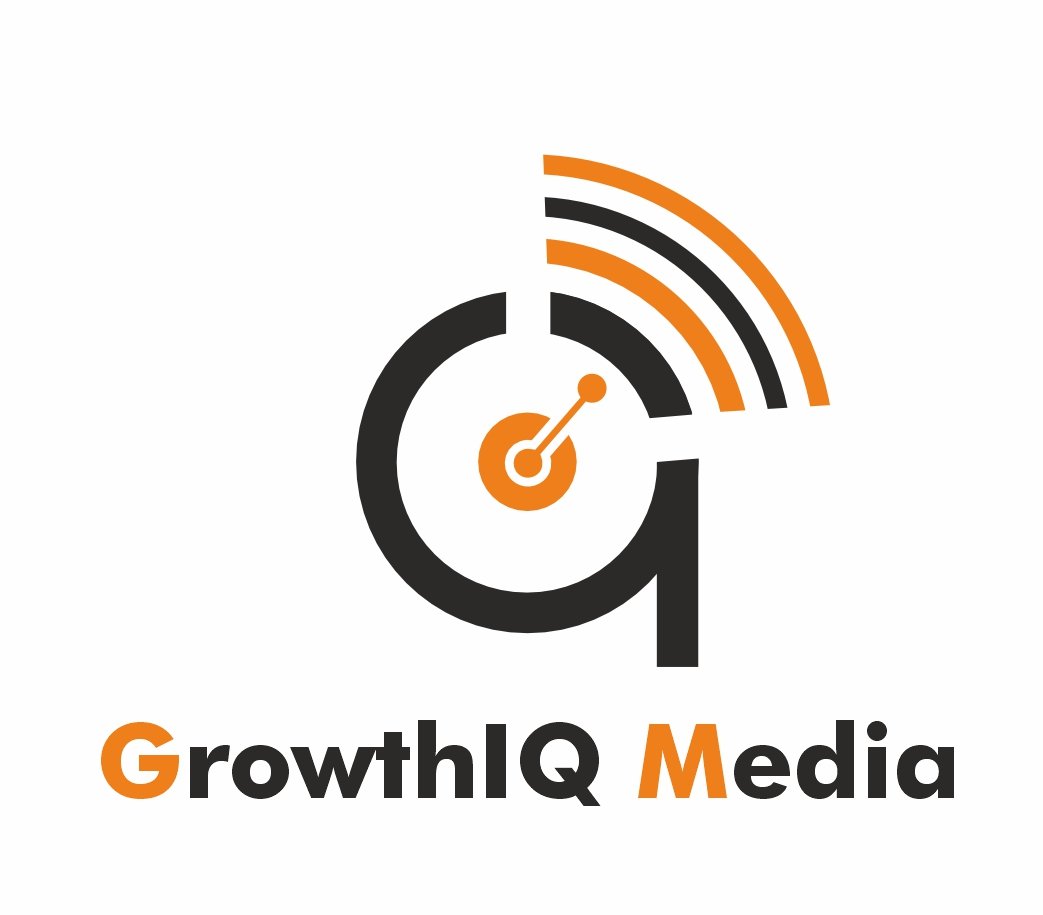For years, the giant tech company, Microsoft, has grown only upwards in terms of market value and diversification. With one of the premier cloud computing solutions, gaming, and AI solutions, the influence of the company on many industries is crucial. Recent times, however, indicate that the AI momentum of Microsoft seems to be lagging. The company boasts of high valuation; otherwise, the shares have been stumbling lately. This blog post discusses the idea of “AI fatigue,” why, currently, Microsoft is its victim and what this may portend for the future of the company and its shareholders.
Ascent of Microsoft’s AI Aspirations
For years, Microsoft has continued investing in significant amounts in AI, which the company realizes has a high prospect of transforming industries. In the package of the company’s cloud service, Azure, lies the cutting-edge AI capabilities that allow businesses to leverage machine learning along with data-driven insights. Partnering with OpenAI-the company behind the developers of ChatGPT-makes it look tighter as a leading innovator in AI. In early 2023, Microsoft also fully integrated new AI-powered features across their product lines, including the efficiency and productivity promises that Microsoft 365 Copilot and Dynamics 365 bring.
This brought the Microsoft stock to historic levels. In the first half of 2023, Microsoft’s share increased by over 35% because the investors supported its aggressive moves toward AI. In this period, its market capitalization crossed $2.5 trillion.
Understanding AI Fatigue
While Microsoft has been aggressively pushing into AI, there’s a growing phenomenon dubbed “AI fatigue” that is ailing the company as well as the broader tech industry. Essentially, AI fatigue refers to the waning enthusiasm for AI solutions mainly attributed to several factors:
- Over Promised Expectations: Overnight expectations of revolutionary results mushroomed overnight when AI was adopted. The fact of the matter is that most AI deployments take time to return value.
- Its complexity of implementation includes huge investment in data, infrastructure, and expertise; that is something most companies have underestimated.
- Ethical concerns: Data privacy and bias in AI technologies are raised issues. Job losses also arise. It brings about what is described as AI fatigue, with companies and investors readjusting expectations about AI-driven innovations.
Microsoft’s Stock Slump: What’s Driving It?
Although its valuation has taken off the ceiling, Microsoft’s stock hasn’t exactly had an easy time of things over the last few months. Until September 2024, its shares were down by nearly 10% from the year’s peak. Several factors have accounted for this drop:
- Issues of overvaluation: Microsoft’s brilliant performance in AI and cloud computing is the main reason behind the high stock price. However, certain analysts feel that the company is overpriced owing to its price-to-earnings comparison that is far higher than the industry.
- Correction in the tech space: With caution shown around these high-growth names, of course, especially those with sizable reliance on AI, the correction in the large cap tech space is there for all to see. The impact Alphabet and Amazon have had are just sector plays.
- Economic Uncertainty: Major global economic shocks such as inflation, interest rates, and growing geopolitical tensions have pushed volatility in the markets. Investor fear is any manner in which such phenomena are likely to affect corporate earnings, especially for Microsoft.
AI fatigue in the Market
Important signals of AI fatigue
Some of the key signs that may illustrate there exists AI fatigue in investors and businesses include:
- Slow adoption pace of AI: Although the AI adoption growth continues to surge, the pace of increase has slowed down compared with what was witnessed in recent years. Most companies are currently not ready to undertake large-scale investments in AI without visible returns on investment.
- Dullness for AI start-ups: Venture capital investment in AI start-ups has decreased since investors are more keen on established companies that have already used AI successfully as against speculative newborn ones.
- This brings public concerns over AI to very high-profile debates: worries about data privacy, the probability of biased algorithms, and many more. This has affected the views on how to perceive AI going forward.
Impact on Microsoft’s Business Segments
Cloud and AI Services
The primary revenue earner from this company was Microsoft Azure which aggregated $56.5 billion for the fiscal 2024 year. However, growth in AI-related services in Azure has slowed down mainly due to longer sales cycles and customers reviewing AI strategies. However, Microsoft is not losing hope on the long-term prospects of AI as CEO Satya Nadella defined AI-driven innovation.
Consumer Goods and Office Application
No doubt, AI features such as Copilot in products like Microsoft 365 were game changers. Adopted at rates that were mixed, the enterprise sector has taken up AI-driven automation and analytics hastily while others hold back their adoption due to the high upfront costs of implementation. Consumers who once had glee in AI-driven smart assistants have lost their enthusiasm for the products, thereby further bringing down the fever of AI from Microsoft.
Investor Sentiment and Market Perception
Despite the recent stock slip of Microsoft, it remains a very strong company in the eyes of investors mainly because of its diversified business model. Its money-earner cloud services and gaming division (Xbox) and hardware (Surface) divisions can grow significantly. Still, with the market mood for AI, it’s problematic for the AI-related business lines of Microsoft.
Investor Reaction: Bullet Points
- Valuation Concerns: Worried investors think Microsoft AI push is not worth the steep valuations it has commanded in the near term.
- Leadership in AI: Although Microsoft leads the pack, especially in AI, the reason for slow returns is the suspicion of returns on investments.
- Portfolio Shift toward Other Growth Areas: The investors can shift focus toward the gaming and cloud businesses of Microsoft, demonstrating more stable revenue growth.
What’s next for Microsoft?
Some challenges Microsoft has in moving forward dealing with AI fatigue include:
- The re-alignment at Microsoft might probably require its AI strategies to be more in line with market demand and what the customer expects. For example, instead of providing something innovative yet far-off and with long-term returns, Microsoft may focus on areas where AI becomes practical, shows immediate returns.
- Diversifying Growth Opportunity: In one way, Microsoft can minimize this risk of AI by diversifying its growth in gaming, cloud, and enterprise services.
- Among the ethical concerns that Microsoft needs to keep in front are issues of privacy over data, job displacement, and AI bias.
Summing Up
The recent fall in the Microsoft stock reminds how to stay on track in growing in such a fast-changing, AI-driven tech sector. Though an AI innovation leader, the company sees AI fatigue since investor expectations cool and adoption slows down. Such sustenance of growth would require an adjustment of its strategies to focus on applied uses of AI as well as improve sentiments on AI ethics and the resultant privacy concerns. Inflated valuations of techs, particularly those that are AI-heavy, are also something that should be watched. Still, Microsoft is relatively well-positioned to ride this inflexion point with a diversified business model and pockets of strong revenues emanating from its cloud, gaming, and enterprise services.





Leave a Reply